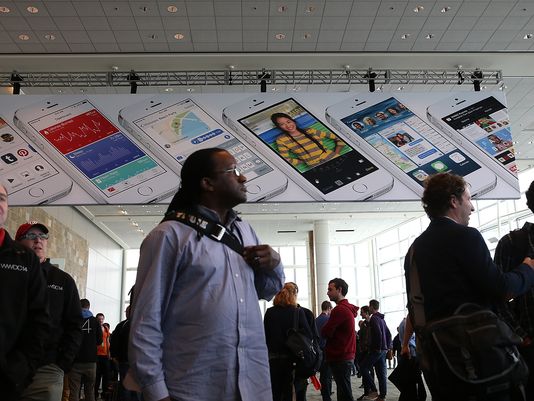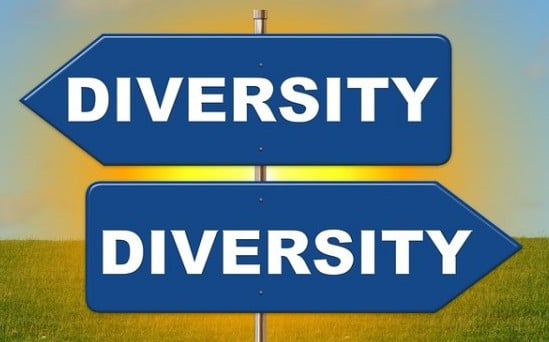Recent findings have revealed that the wage gap between minorities and whites in the tech industry is still a major problem, with many minorities earning thousands less than their white counterparts.
It has already been revealed that there is a shortage of minority employees in the high-tech industry, especially Blacks and Hispanics.
Now it turns out that the ones who have managed to break into the field are getting paid at substantially lower rates for the same job positions and same performance as white employees.
According to a study conducted by senior research analyst Nicole Kreisberg, Hispanics are suffering the most from the wage gap.
Hispanics are earning $16,353 a year less on average compared to non-Hispanic employees.
Blacks earn roughly $3,656 less than whites, and Asians make a surprising $8,146 less than whites.
The reason researchers found the wage gap for Asians to be rather surprising is the fact that Asians have not faced the same barriers to entry as African-Americans and Hispanics have when it comes to the tech industry.
Asians are generally represented very well in sheer quantity and often earn leadership positions.
According to Laura Weidman Powers, co-founder and CEO of Code2040, the wage gap that minorities are facing needs to be brought to the forefront of discussions about salaries in the workplace, along with discussions about the gender wage gap.
“There’s this big narrative in the women’s movement: 78 cents on the dollar,” she said, according to USA Today. “Everyone knows what that means. It’s less talked about when it comes to race.
Powers knows a lot about the disadvantages that minorities face in this field.
Code2040 is a nonprofit organization that aims to nurture Black and Hispanic talents in the tech field.
“It’s a question of value and seeing value in these populations,” she added. “And when it comes to hiring and paying people, value translates into dollars.”
Kreisberg shared the same sentiments.
While tackling the issue of hiring minorities is also a major issue, that’s not where the push for diversity and inclusivity stops. It has to carry on to ensure equal pay for equal work as well.
“What this tells us is that race and ethnicity matter, and they matter a lot,” Kreisberg told USA Today. “Simply increasing diversity is not enough. We also have to talk about money.”
Freada Kapor Klein, co-chair of the Kapor Center for Social Impact, believes the wage gap exists largely in part due to unconscious racial bias.
“At every point in the hiring process, hidden bias trickles in,” Klein said. “A drop at the stage of reviewing names on resumes, a few more drops at the stage of different gender and race styles of presentation during interviews and a steadier stream when it comes to who is expected to negotiate their salary and who isn’t.”
According to an associate professor of management at the MIT Sloan School of Management, Emilio Castilla, implementing a solution may not be as difficult as one might assume.
Castilla’s recent research found that one company’s merit-based system seemed skewed, causing greater bias in favor of men over women.
“The lesson is not that companies shouldn’t adopt merit-based practices but that the pursuit of meritocracy is more difficult than it first appears,” he explained. “If not designed and implemented carefully, merit-based practices may trigger bias against women and ethnic minorities.”
Castilla was able to work with the company to put new practices in place, which will increase accountability and transparency in their merit-based system.
While the new practices have not completely closed the wage gap just yet, it certainly proved to be a step in the right direction.





